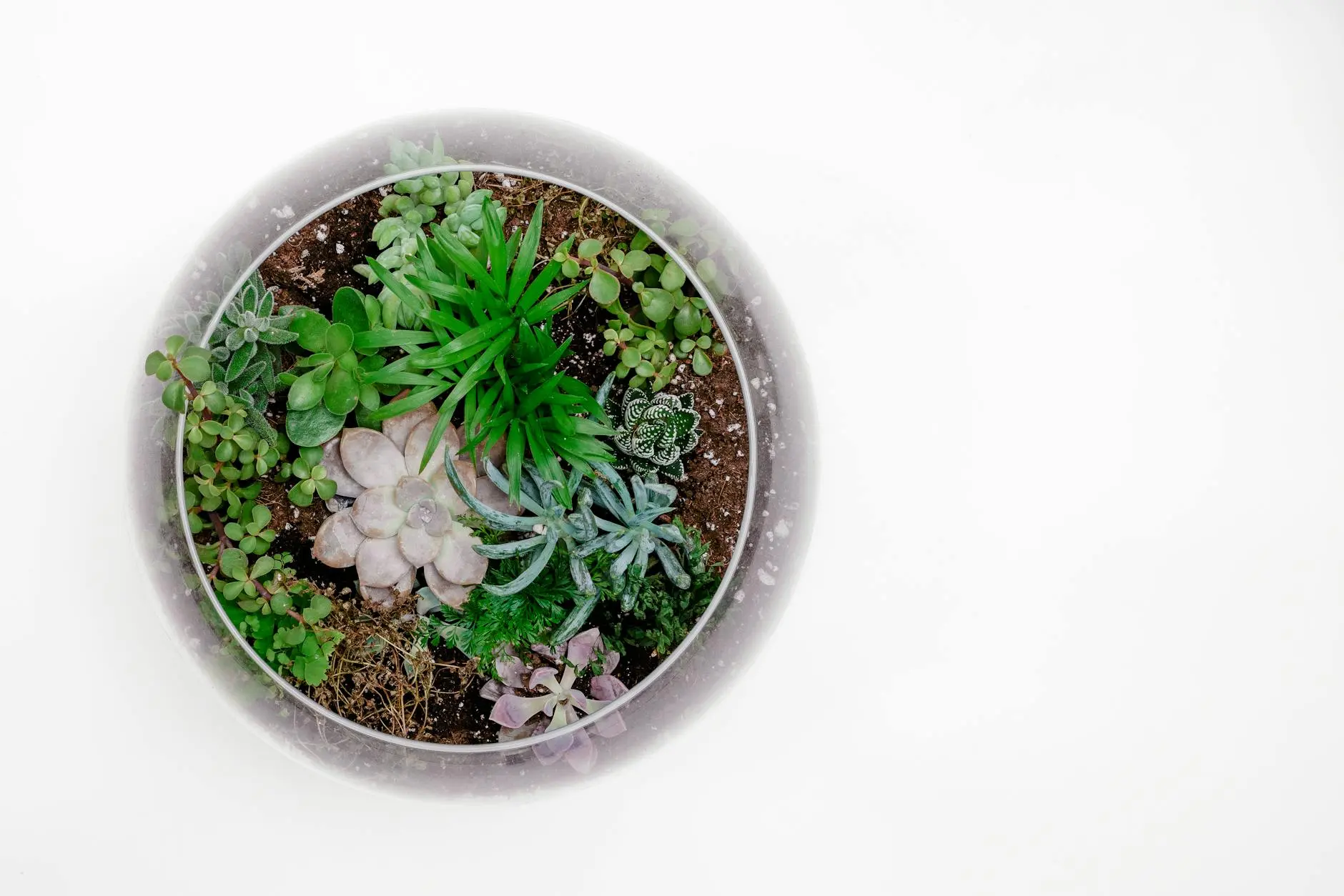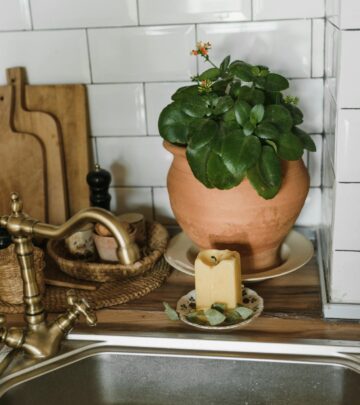Sedum & Stonecrop: A Complete Guide to Growing, Caring, and Designing with Sedum
Discover the diversity, easy care, and endless garden uses of sedum—nature’s resilient, colorful succulent.

Sedum & Stonecrop: The Essential Guide
Sedum, commonly known as stonecrop, is a genus of succulent plants beloved for their resilience, beauty, and versatility in the garden. From lush ground covers to statuesque border varieties, sedums are celebrated for their easy growth, vivid summer-to-fall color, and ability to thrive in challenging conditions. With varieties suitable for USDA zones 3–11, sedums have earned a place in gardens across the globe as both stunning ornamentals and indispensable functional plants.
BASICS OF SEDUM
- Zones: Suitable for USDA hardiness zones 3–11, depending on variety.
- Height/Spread: Tall sedums can reach up to 2 feet in height and spread; creeping types range from 2–6 inches tall and up to 24 inches wide.
- Exposure: Full sun is ideal, but some varieties tolerate partial shade.
- Bloom Time: Sedums typically flower from late summer into fall, providing crucial late-season interest.
- Deer Resistance: Generally low on deer’s preferred menu, but may still be nibbled if food is scarce. Well-established plants usually recover well from browsing.
TYPES OF SEDUM
The sedum family offers an impressive diversity of forms, colors, and gardening uses. All can be broadly categorized into three main types:
Tall Border Varieties (Hylotelephium or Sedum telephium)
- Upright habit with dense, domed flower clusters atop 1- to 2-foot succulent stems.
- Outstanding for adding late-summer color with both flowers and foliage.
- Recent cultivars feature foliage in copper, dusky mauve, and dark purple shades.
- Flowers dry on the plant, offering decorative winter interest.
- In cold climates, die back to ground-level rosettes in winter; mulch advised in zones 4 and 5.
Creeping Ground Covers (Sedum)
- Form low, spreading carpets perfect for covering large areas, slopes, and between stepping stones.
- Foliage varies from green to gold, blue, or variegated patterns.
- Usually 2–6 inches tall but can spread up to 2 feet wide.
- Notable for their ability to root as they spread, filling in gaps and suppressing weeds.
Trailing Varieties
- Ideal for containers, hanging baskets, and wall plantings.
- Soft, flexible stems drape attractively, producing cascades of star-shaped flowers.
- These varieties quickly fill planters or spill gracefully over rock walls.
WHY GROW SEDUM?
- Low Maintenance: Sedum is virtually carefree after establishment, requiring little water and minimal attention.
- Colorful and Textural: Sedums boast a range of leaf and blossom colors from chartreuse to purple to hot pink.
- Drought-Tolerant: Their succulent leaves store water, making them perfect for xeriscaping or water-wise gardening.
- Wildlife Friendly: Sedum flowers attract bees, butterflies, and other pollinators, making them an excellent choice for sustainable gardens.
- Versatile: Use them in rock gardens, borders, containers, green roofs, or as ground covers.
PLANTING & GROWING SEDUM
Choosing the Right Location
- Sedums thrive best in sites with full sun for at least 4–6 hours daily, though some tolerate partial shade.
- Good air circulation helps prevent excessive moisture and mimics their preferred natural environments.
Soil Preparation
- Well-drained soil is essential. Sedum dislikes soggy roots.
- In clay-heavy soil, amend with compost or sand to improve drainage.
- Sedums tolerate poor soil but benefit from some organic matter during planting.
Planting Steps
- Clear the area of weeds and debris.
- Loosen the soil and mix in compost if necessary.
- Space tall sedums 12–18 inches apart to prevent overcrowding and ensure good airflow.
- Ground cover sedums can be planted closer together for quicker coverage.
- Water new plantings thoroughly, then reduce watering once established.
Watering and Care
- Water regularly during the first growing season to establish roots.
- Once established, sedum is very drought-tolerant, needing only occasional water during extended dry spells.
- Avoid overwatering. Too much moisture can cause rot.
Fertilizing
- Sedum generally needs little or no fertilizer.
- In very poor soils, a light application of balanced, slow-release fertilizer in spring can promote growth.
Pruning and Maintenance
- Remove spent flowers on tall varieties to keep plants tidy, though seed heads can be left for winter interest.
- Trim ground covers in spring to control spread or rejuvenate the patch.
- Divide clumps every few years in early spring or fall to renew vigor and share with friends.
DESIGN IDEAS WITH SEDUM
- Rock Gardens: Sedum’s drought tolerance and low profile are perfect for rock gardens; mix various forms for texture and visual contrast.
- Containers: Plant sedums in pots or troughs on patios and balconies for long-lasting color and minimal care.
- Ground Covers: Carpet bare soil or awkward corners with creeping sedums for a lush, weed-suppressing cover.
- Green Roofs: Sedums are often used in rooftop gardens or living roofs for their heat and drought resistance.
- Butterfly Gardens: Flowering sedums are magnets for pollinators, especially late in the season when few other nectar sources are available.
POPULAR SEDUM VARIETIES
| Variety Name | Type | Height | Flower Color | Distinctive Feature |
|---|---|---|---|---|
| Lemon Coral® | Creeping | 3–10 inches | Chartreuse-yellow | 2019 Annual of the Year, bright foliage |
| Autumn Joy (*Hylotelephium* spp.) | Tall border | 18–24 inches | Pink to coppery red | Late-season color, dries on plant for winter |
| Dragon’s Blood | Creeping | 4–6 inches | Red | Rich, wine-red foliage in fall |
| Blue Spruce | Creeping | 4–6 inches | Yellow | Blue-green, needle-like leaves |
| Purple Emperor | Tall border | 15–18 inches | Deep pink | Purple-black foliage and pink blooms |
COMMON CHALLENGES & SOLUTIONS
- Overwatering: The most common mistake; always let soil dry between waterings.
- Pests & Disease: Rarely troubled by pests, but root rot can occur in poorly drained soil. Occasional aphids may appear but are easy to control.
- Deer & Rabbits: Typically not their first choice, but hungry wildlife may sample sedum; plants usually recover quickly.
- Leggy Growth: Can be caused by too much shade; move to a sunnier location if stems become elongated or floppy.
PROPAGATING SEDUM
- Sedums are easy to propagate by division, cuttings, or even leaf cuttings.
- Divide mature clumps in early spring or fall and replant immediately.
- For stem cuttings, remove a healthy tip and insert in soil; water until roots form.
- Leaves placed on damp soil will often root and sprout into new plants within weeks.
SEDUM IN FLORAL DESIGN
Sedum’s unique blooms and durable, fleshy stems make it popular for fresh and dried floral arrangements. Upright varieties like ‘Autumn Joy’ are prized for their long-lasting color and structure, while trailing forms add softness and texture to bouquets and wreaths.
- Cut sedum flowers just before they reach full bloom for maximum vase life.
- Flower heads can be air-dried upside down for use in winter arrangements.
SEASONAL CARE TIPS
- Spring: Remove any dead foliage or stems, divide overcrowded clumps, and fertilize lightly if needed.
- Summer: Water during dry spells, pinch back stems if bushier growth is desired.
- Fall: Enjoy blooms and seed heads; remove spent stems or leave for winter interest and wildlife shelter.
- Winter: In colder climates, mulch thickly after the first hard frost to protect roots; avoid soggy soil.
FREQUENTLY ASKED QUESTIONS (FAQ)
What is the best time to plant sedum?
The ideal time to plant sedum is in spring or early summer when temperatures reliably stay above 60°F. You can also plant in early fall, allowing roots to establish before winter.
Can sedums grow in shade?
Most sedums prefer full sun, but some varieties tolerate partial shade, particularly the creeping types. Too much shade, however, can result in leggy, less colorful plants.
Are sedums good for beginners?
Absolutely. Their low maintenance needs, tolerance for poor soils, and pest resistance make them perfect for novice and experienced gardeners alike.
Do sedums need pruning?
Pruning is optional. Deadheading and removing spent flower stalks can tidy the plant, and trimming ground covers encourages denser growth. Divide or thin thick clumps in spring or fall.
How often should I water sedum?
Once established, water sedums only during extended dry periods. In containers or very sandy soil, check weekly, but always let the soil dry out between waterings.
SUMMARY
Sedum, or stonecrop, stands out as one of the most useful, durable, and beautiful succulents for any garden. Available in an astonishing array of types—from spreading mats to statuesque border plants—sedums offer year-round beauty with minimal effort. Whether for groundcover, containers, pollinator gardens, or decorative arrangements, sedums are a must-have for gardeners craving color, texture, and reliability. Choose your favorites, plant them with care, and enjoy an ever-expanding tapestry of foliage and blooms season after season.
References
- https://www.gardendesign.com/sedum/
- https://www.thecelticfarm.com/planting-sedum-guide/
- https://thekokorogarden.com/blog/2019/9/29/how-to-grow-sedums-for-floral-design
- https://gardenerspath.com/plants/succulents/grow-sedum/
- https://www.waysidegardens.com/blog/guide-to-growing-and-caring-for-sedum-plants-
Read full bio of Shinta

















Community Experiences
Join the conversation and become a part of our empowering community! Share your stories, experiences, and insights to connect with other beauty, lifestyle, and health enthusiasts.